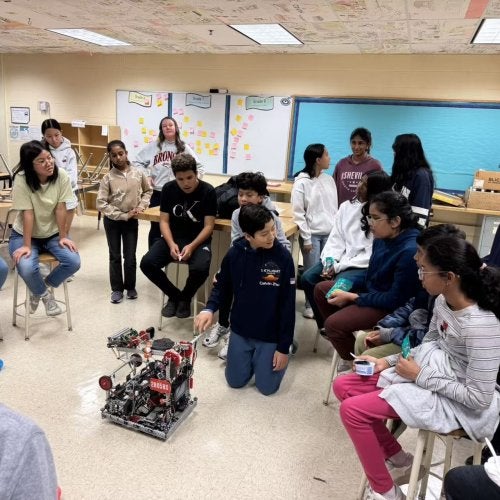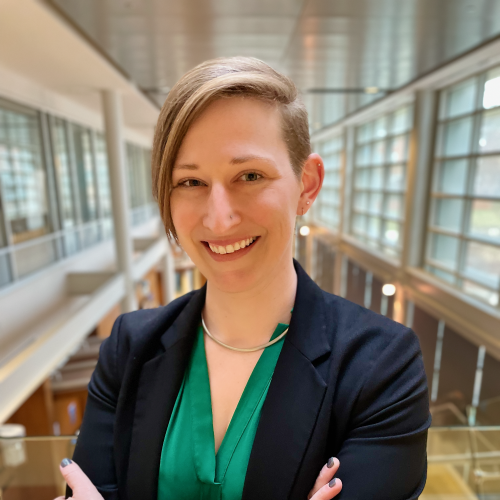
Thousands of unaccompanied immigrant youths arrive in Maryland each year, and even school district personnel charged with helping them succeed in their new lives sometimes can’t see beyond what they lack.
“These kids are more than their levels of English proficiency,” says Sophia Rodriguez, an assistant professor in the College of Education who researches educational equity and inclusion for mostly high school-age newcomers to the U.S. from Central America. They often arrive alone or have been long separated from their families.
Defining them simply by their educational deficits can lead to excesses like marathon English-as-a-second-language classes that isolate them socially and may cost them valuable contextual language-learning opportunities, she says.
Rodriguez was awarded $350,000 as a William T. Grant Scholar this year to study ways to reduce structural barriers to educational equality for these youths in three Maryland school districts—a project she plans to expand to schools around the mid-Atlantic region in coming years.
Among her recommendations: hiring social workers along with more bilingual aides and other staff to help students navigate not only classrooms but often-complex school enrollment procedures; protecting students at the district level from rising anti-immigrant sentiment; and training attention on the trauma children can experience during migration—from enduring or witnessing violence to inhumane detention procedures in the U.S.
“It’s also about honoring who they are and their cultures, and acknowledging the assets that they bring,” she says. “They have a transnational perspective most students don’t. The migrant experience teaches you a lot.”


